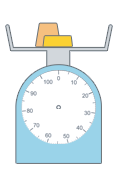Example review questions
- Can you use a ruler to measure and draw lines that are
8.5 cm, 13½ cm and 19.5 cm long? - Can you read this scale to the nearest half-division?
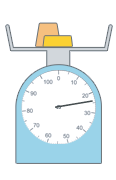
- What measurement is shown on the scales?

- How much liquid is in this jug?
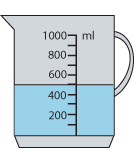
 Measuring
Measuring


This teaching guidance document suggests some of the key vocabulary, models, images and practical equipment that children should experience and be able to use. It also includes some teaching tips to provide a few starting points for ways of supporting children with this area of mathematics.
These resources are to support children in guided or independent work. Roll over the highlighted resources for a description.
![]() How to use measuring scales ITP | 151KB
How to use measuring scales ITP | 151KB 
![]() How to use thermometer ITP | 88KB
How to use thermometer ITP | 88KB 
![]() How to use measuring cylinder ITP | 171KB
How to use measuring cylinder ITP | 171KB 
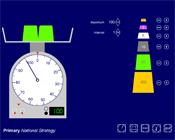
This interactive teaching program (ITP) is an ICT-based tool to support the exploration of number, measures and problem solving. Measuring scales ITP allows the child or teacher to add different masses of 1, 2, 5, 10, 50, 100 and 500 units to a scale pan. The scale intervals can be changed to challenge children to interpret different scales.
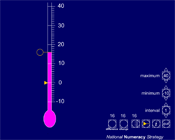
This interactive teaching program (ITP) is an ICT-based tool to support the exploration of number and measures. Thermometer ITP allows the child or teacher to display a thermometer whose scale, range and interval markers can be changed. It can be used to develop children's understanding of scales and negative numbers in the context of temperature.
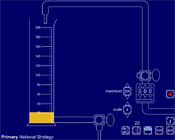
This interactive teaching program (ITP) is an ICT-based tool to support the exploration of number, measures and problem solving. Measuring cylinder ITP allows the child or teacher to simulate varying intervals on a scale, pouring liquid into the cylinder and interpreting the scale. The ITP can be used to explore and consolidate the interpretation and reading of scales, mental calculation strategies and methods of recording.
Possible contexts include:
Ask probing questions such as:
